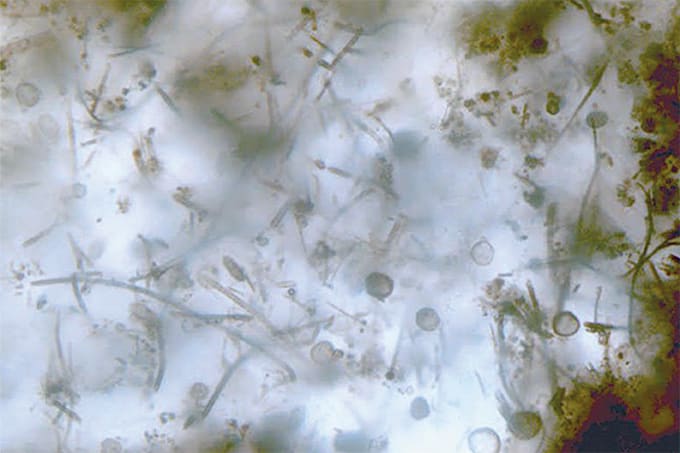When blood and urine tests are not possible (or suitable), hair analysis can be used to identify drug use. But a question mark lingers over a controversial topic: genuine ingestion versus external contamination. Various wash protocols were introduced to counter the problem, but how effective are they?
In an attempt to draw a line under the issue, University of Zurich PhD student Robert Erne and colleagues employed high-end techniques – namely, matrix-assisted laser desorption/ionization mass spectrometry (MALDI-MS) and time-of-flight secondary ion mass spectrometry (ToF-SIMS) – to “systematically investigate the incorporation, decontamination, and extraction processes involved in hair analysis.” The team acquired hairs from users and non-users of zolpidem, an anti-insomnia drug, and also zolpidem- and zolpidem-D6-soaked hairs, which were sectioned longitudinally and analyzed (1).
Longitudinal sectioning of hair samples increased the analytical sensitivity versus traditional horizontal sectioning because of the transfer of the drug from the circulatory system into the hair’s inner compartment. In fact, even single zolpidem doses were detectable in single hairs. What’s more, the method was also able to distinguish zolpidem users from zolpidem-soaked hairs through a decontamination protocol developed by the team; hairs from genuine zolpidem users could not be cleared of zolpidem, even when using the strongest protocol, while zolpidem was “almost completely” eliminated from soaked hairs.
Erne believes the work should help improve hair analysis, particularly in research contexts. In time, forensic applications of the method may also be possible, but such uses “are not the ultimate goal of the research.” Next, the researchers aim to explore whether other substances that are known to cause contamination in hair analysis will lead to different results. “The best candidate for these studies is cocaine,” says Erne – and experiments with the drug are already underway.
References
- R Erne et al., “Hair analysis: contamination versus incorporation from the circulatory system- investigations on single hair samples using time-of-flight secondary ion mass spectrometry and matrix-assisted laser desorption/ionization mass spectrometry,” Anal Chem, 91, 4132–9 (2019). DOI: 10.1021/acs.analchem.8b05866




